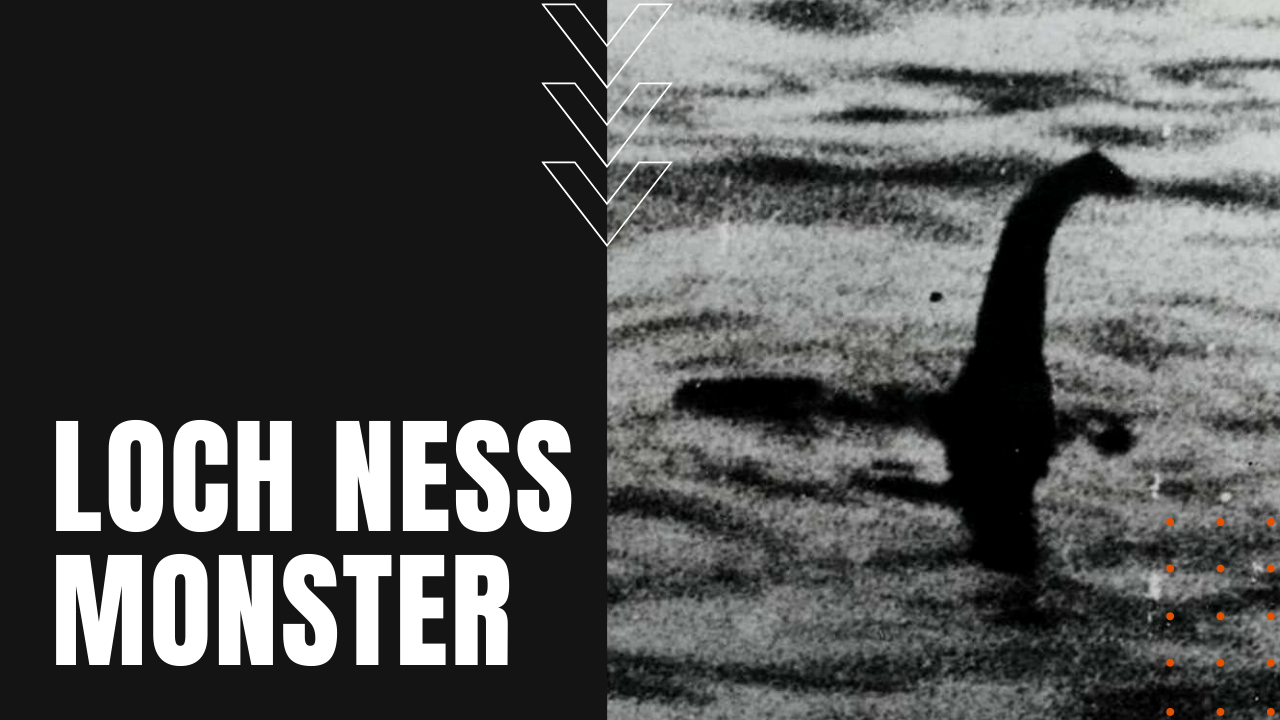Loch Ness Monster: Sightings, Photos and Investigations

What is the Loch Ness Monster?
The earliest known record of a monster in Scotland’s Loch Ness appears in a sixth-century book by future saint Adomnan entitled Life of St. Columba, where he recounts a time when Irish monk St. Columba came upon local residents burying a man near Loch Ness in the Scottish Highlands.
The residents told the monk that the dead man was swimming in the loch when he was attacked by a “water beast” that dragged him underwater despite their attempts to rescue him by boat. The sightings and public interest ticked up in earnest in 1933, when Scotsman Aldie Mackay told a reporter from the Inverness Courier newspaper about his sighting of an aquatic animal with the body of a whale rolling in the waters of Loch Ness, followed by additional sightings by George Spicer and Hugh Gray over the remainder of 1933.
Then came the most famous of all, when in 1934, London gynecologist Robert Kenneth Wilson snapped a picture of an unknown animal in the loch, leading the Daily Mail to name the image “the surgeon’s photograph,” after Wilson refused to let his name be associated with the story. Interest in Nessie or Uilebheist Loch Nis in as the Scots playfully call their mysterious monster, accelerated after a couple claimed to have spotted the animal on land, which later saw London newspapers sending reporters to Scotland for a closer look, as well as a circus that offered a 20,000 pound reward for anyone who could capture the beast alive.
Is the Loch Ness Monster Real?
Since that time, amateur investigators have maintained a near-constant vigil on the shores of Loch Ness, including several British universities who launched sonar expeditions into the lake. In 1975, another expedition combined underwater cameras with sonar technology, resulting in an image that appeared to show a giant flipper of an unknown aquatic animal.
The scientific community, on the other hand, regards the Loch Ness Monster as a delusional myth lacking any biological basis, attributing the occasional sightings to hoaxes, wishful thinking and the misidentification of floating objects, making the Loch Ness Monster, one of the most enduring legends of Scottish folklore.
